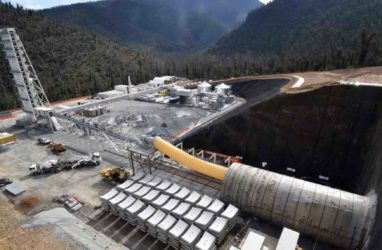The transition to 100% renewable energy is not merely an aspirational goal; it is a necessity for mitigating climate change and ensuring energy security. However, the intermittent nature of renewable sources like solar and wind presents a significant challenge: how to store energy efficiently and cost-effectively. The National Renewable Energy Laboratory (NREL) has identified an energy storage ecosystem that integrates various technologies, including batteries, pumped hydro, and thermal storage, as the most viable solution. This ecosystem not only addresses the reliability concerns associated with renewables but also promises to lower costs significantly, making the transition more feasible for utilities and consumers alike.
The key takeaway from NREL's findings is that a diverse energy storage strategy can enhance grid resilience while facilitating a shift to renewable sources. By leveraging a combination of storage technologies, utilities can optimize energy management, reduce peak demand pressures, and ultimately lower electricity prices. This multifaceted approach not only supports the integration of renewables but also aligns with broader climate goals, demonstrating that a collaborative, technology-agnostic strategy is essential for achieving a sustainable energy future. The implications for energy policy and investment are profound, as stakeholders must prioritize the development of a robust energy storage infrastructure to realize the full potential of renewable energy.






